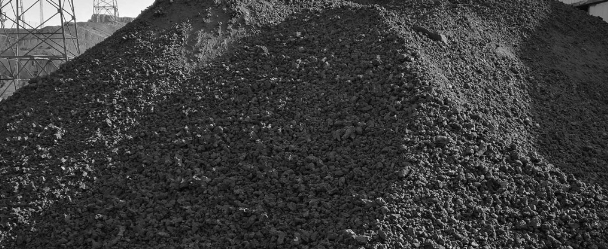
While thermoplastics are the dominant materials in AM, ABS and PLA can have a lack of flexibility when used for demanding applications. Carbon brings to the market materials that are already in production.
Its digital light synthesis (DLS) process combines the speed and design freedom of 3D printing with superior plastic material properties. Carbon customers are using its production resins in the manufacture of products, including Adidas footwear and a Riddell Football helmet.

Additives containing conductive carbon are a simple way to give base materials a specific level of electrical and thermal conductivity. In a range of different applications they are employed, like in the case of printed electronic and foldable electronics. The conductive carbon market is expected to grow due to new trends, such as the miniaturization and electric vehicle.
Many injection molding costs can be narrowly defined. However, a variety of factors play a role in the cost of assembling an AM tooled component. These include direct material, machine time and tooling costs. Carbon's Digital Light Synthesis technology eliminates the tooling stages and enables companies to move directly to production at scale. It reduces the costs by an enormous amount.
EOS Carbon & Cost Calculator is a tool that addresses this issue by providing an accurate CPP calculation and related metrics. The EOS Cost & Carbon Calculator addresses this need by serving the bottom-line: accurate analysis of CPP and critically important related metrics.
Carbon additives provide high quality parts which can be competitive with other manufacturing processes. Digital Light Synthesis (DLS) technology is used for parts of high quality, with excellent resolution and surface finish. Also, it produces parts at a rate of 25 to 100 times that of conventional 3D printers.
ADDere's laser-wire system is able to print metals that have high adhesion between layers and metallurgical qualities, which are ideal for demanding applications such as off-highway vehicles or defence. This system also simplifies the prototyping and design of complex parts by reducing the use of traditional metal machining.
The Carbon Network also offers a variety of materials to be used in additive manufacturing, such as the Acetylene Black with a low carbon footprint from Orion, and resource-efficient Arkema graphite electrodes. The Carbon network also provides a range of materials for additive production, including the low carbon footprint Acetylene Black from Orion and resource-efficient graphite electrodes from Arkema.
Speed is key to the implementation of carbon fiber material in most industries. Carbon's Digital Light Synthesis technology can help you achieve the fastest production by combining design freedom with 3D printed plastic materials.
Development times can be reduced by printing large components using ADDere's laser-wire additive fabrication system. This can also help to reduce costs by reducing the need for conventional prototype work and finish machining.
Carbon recently formed a partnership with Henkel to develop a range of Loctite-branded materials, which are valid for printing with DLS. This gives industrial customers the ability to produce production-scale components at a price per liter that is less than $100. The performance of the material is also improved, which will lead to a dramatic change in economics. You can apply it in different use-cases - from R&D up to production of the spare parts for final use.
Carbon additives technology is a game changer in the automotive industry. The technology is being used in the manufacture of subframes and it has revolutionized OEMs. In 2021, luxury designer jewellery brand LACE By Jenny Wu will launch a line of 3D-printed carbon fiber infused jewelry. They have teamed up with Impossible Objects to create the collection.
A digital light synthesis process from the company uses light for setting shapes, then thermal curing to bring them into their final materials properties. Printing at speeds of up to 100 mm/s makes tool-free, high volume manufacturing possible. Carbon also reduces costs by building a global network of production partners and driving resin volume with its materials program.
There are only a few major players in the market for conductive carbon. This report includes chapters on the competitive landscape, company profiles and product offering of these players. It also highlights their business strategies, wining imperatives and market penetration.

Write a Message